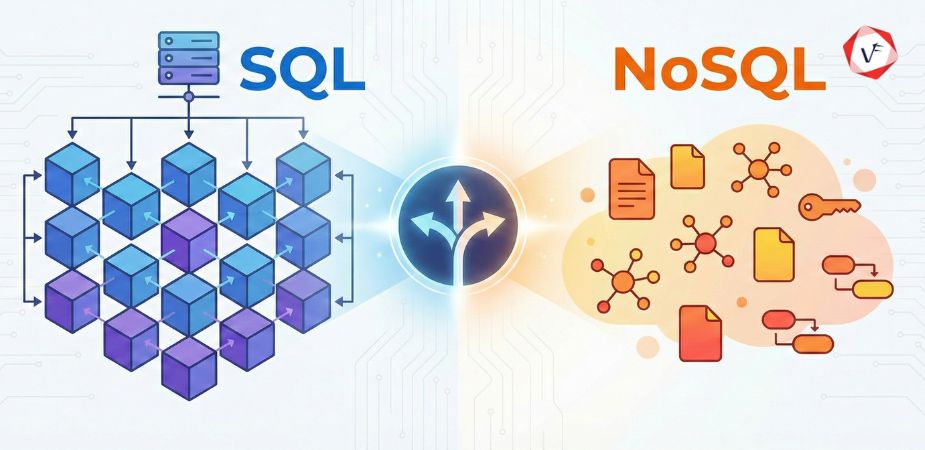- December 10, 2024 3:12 pm
- by Safvana
- December 10, 2024 3:12 pm
- by Deepthy

Businesses need to adapt quickly to stay ahead. Technology is evolving rapidly, and one of the most exciting developments is the rise of no-code and low-code development platforms. These platforms are changing the way software is built, making it easier and faster for everyone, even those without technical skills, to create applications. Let’s dive into what no-code and low-code platforms are, why they are becoming so popular, and how they are transforming the world of software development.
No-code and low-code platforms are tools that allow users to build software applications without having to write code. Traditionally, creating software required deep knowledge of programming languages and coding skills. No-code and low-code platforms simplify this process by providing visual interfaces where users can drag and drop elements to create applications.
Several factors contribute to the growing popularity of no-code and low-code development platforms:
No-code and low-code platforms are having a significant impact on businesses in various ways:
Empowering Citizen Developers: One of the most transformative effects is the rise of "citizen developers." These are employees who are not professional developers but can use no-code and low-code platforms to create applications. This democratization of software development means that more people within an organization can contribute to digital transformation efforts.
Faster Time to Market: With the ability to quickly develop and deploy applications, businesses can bring products and services to market faster. This agility gives companies a competitive edge and allows them to seize new opportunities more effectively.
Improved Productivity: No-code and low-code platforms streamline workflows and automate repetitive tasks, freeing up employees to focus on more strategic activities. This increases the organization's general effectiveness and productivity.
Enhanced Customer Experience: Businesses can use these platforms to create custom applications that improve the customer experience. For example, a company could quickly develop a mobile app to enhance customer service or build a personalized shopping experience for online customers.
Several companies have successfully implemented no-code and low-code platforms to achieve remarkable results:
While no-code and low-code platforms offer many benefits, there are also challenges and considerations to keep in mind:
The future looks bright for no-code and low-code development platforms. As technology continues to evolve, these platforms will likely become even more powerful and user-friendly. Observe the following trends:
AI and Automation: The integration of artificial intelligence (AI) and automation will further enhance the capabilities of no-code and low-code platforms. AI can help automate more complex tasks, making it even easier for users to build sophisticated applications.
Increased Adoption: As more businesses recognize the benefits of no-code and low-code platforms, adoption rates will continue to rise. This widespread use will drive further innovation and improvements in the platforms themselves.
Expanded Use Cases: While no-code and low-code platforms are currently popular for business applications, their use will expand into other areas such as education, healthcare, and government. These sectors will benefit from the ability to quickly develop custom solutions.
Enhanced Collaboration: Future platforms will likely offer more robust collaboration features, allowing multiple users to work together seamlessly on application development. This will further democratize software development and drive innovation.
No-code and low-code development platforms are revolutionizing the way software is built. By making development faster, more cost-effective, and accessible to a broader audience, these platforms are empowering businesses to innovate and adapt in today’s fast-paced digital landscape. While there are challenges to consider, the benefits far outweigh the drawbacks, making no-code and low-code platforms a valuable tool for businesses of all sizes. As technology continues to advance, we can expect these platforms to play an even more significant role in shaping the future of software development.
Guaranteed Response within One Business Day!

Database Selection Guide: SQL vs NoSQL
AI Agents in Enterprise Software: How Autonomous AI is Transforming Business Operations
Manufacturing 4.0: AI and IoT Transforming Production Lines

Progressive Web Apps vs Native Apps: Which Should You Choose in 2026?

What is Citizen Development?